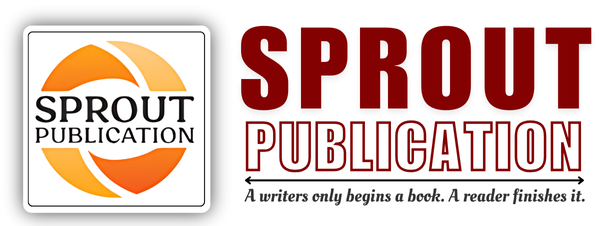Chapter 15: Antipsychotics-I
Chapter 15: Antipsychotics-I
Author: Mr. Abu Tahir
Volume: 01
First Online: 31 August 2024
Pages: 193-208
DOI:
Abstract
Antipsychotics, also known as neuroleptics, are drugs used to manage psychosis, particularly in conditions like schizophrenia and bipolar disorder. They are classified into typical (first-generation) and atypical (second-generation) antipsychotics. The primary mechanism of action involves dopamine receptor antagonism, particularly at the D2 receptor, which helps to reduce symptoms of psychosis by modulating dopamine activity in the brain. Phenothiazines, a class of typical antipsychotics, have a three-ring structure essential for their activity. The structure-activity relationship (SAR) of phenothiazines shows that substitutions on the nitrogen atom and the aromatic ring affect their potency and side effects. Promazine hydrochloride and chlorpromazine hydrochloride are early phenothiazines known for their efficacy but also for sedation and anticholinergic effects. Triflupromazine, thioridazine hydrochloride, piperacetazine hydrochloride, prochlorperazine maleate, and trifluoperazine hydrochloride offer variations in efficacy and side effect profiles, with modifications in their side chains enhancing specific therapeutic outcomes. Ring analogues of phenothiazines, such as chlorprothixene and thiothixene, modify the central ring structure, providing similar antipsychotic effects with potentially different side effect profiles. Loxapine succinate and clozapine represent a further evolution, with clozapine being particularly noted for its efficacy in treatment-resistant schizophrenia and its reduced risk of extrapyramidal side effects. These agents illustrate the diversity and complexity of antipsychotic drug development, balancing efficacy with side effect management.
Keywords: Antipsychotics, Neuroleptics, Psychosis Management, Schizophrenia, Bipolar Disorder, Typical Antipsychotics

